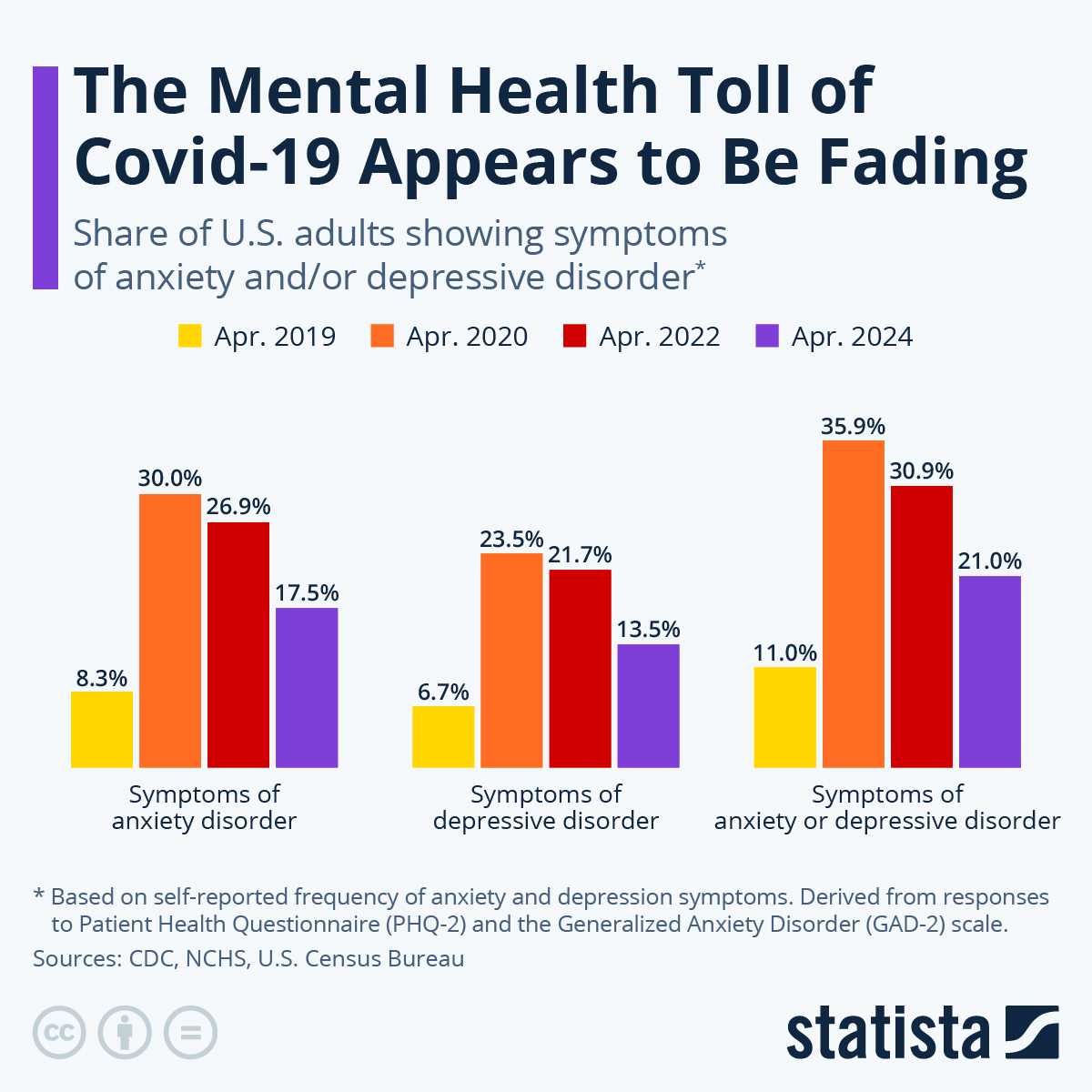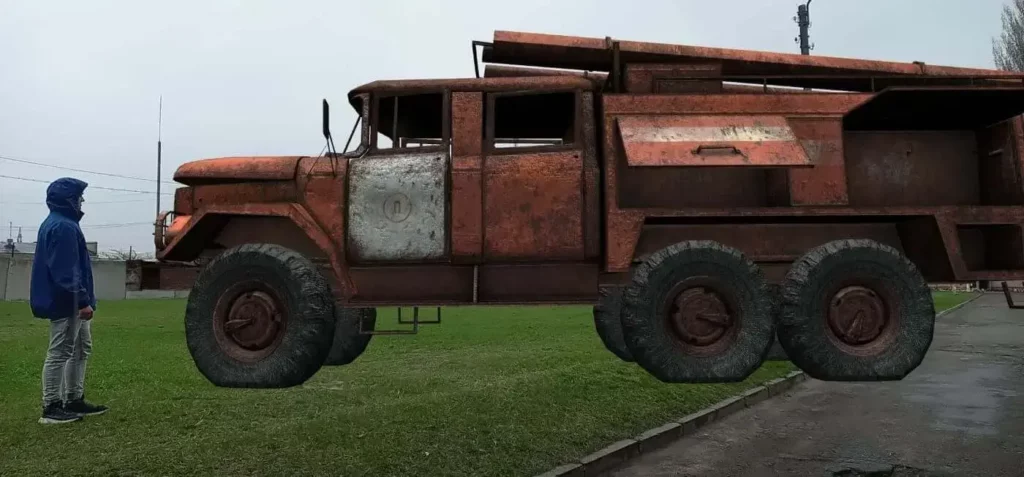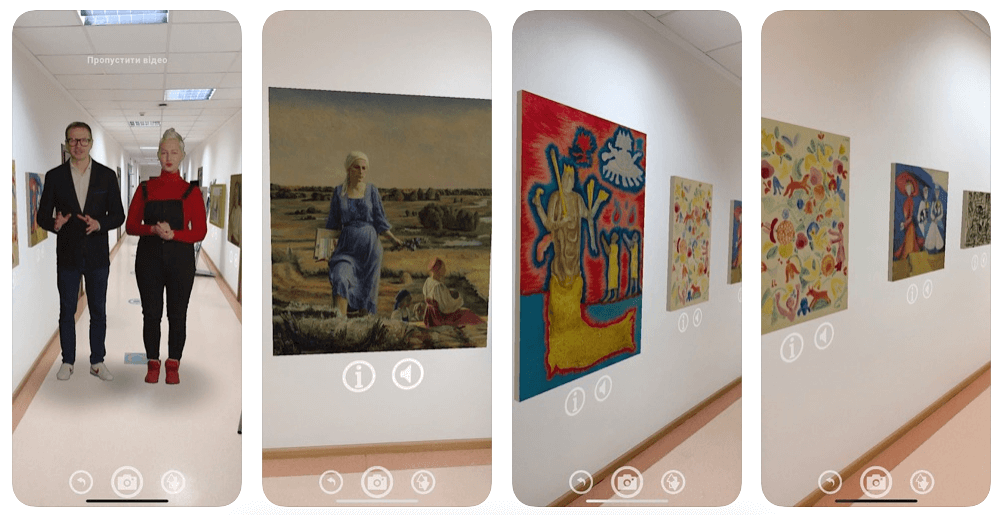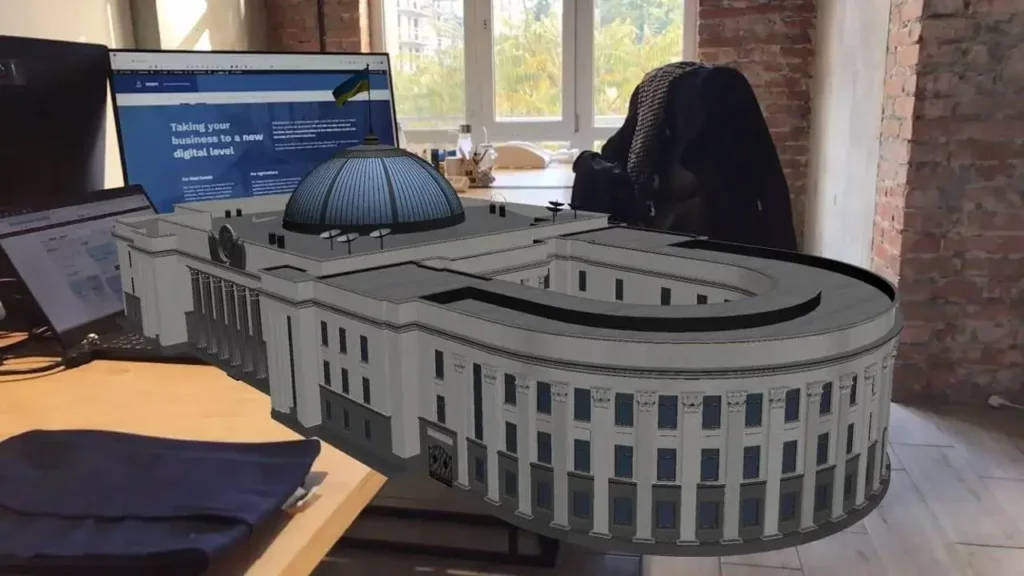The global tourism industry took a serious hit when the COVID-19 virus caused a pandemic. According to Statista, the global revenue of the tourism and travel industry dropped by 42% in 2020. Besides travel in general, it also affected other industries that are connected to tourism, such as lodging and transport, visiting events and restaurants, etc.
As Statista puts it, “In its broadest sense, tourism is defined as when people travel and stay in places outside of their usual environment for less than one consecutive year for leisure, business, health, or other reasons.”
While the world is slowly recovering, businesses have a great opportunity to build back better. Many businesses had to adjust their processes to the new reality. Some had to pause or stop their operations altogether. A lot of businesses had to let go of their employees. But now is the time to reevaluate the business models and transform the way of doing business, utilizing the technology tools and digitalizing what can be digitalized and automated.
In this article, we’ll touch upon several areas in the tourism, entertainment, and travel industries and how they can benefit from such technology as eXtended Reality (XR) family members – Augmented and Virtual Reality.


What can be digitalized in the global tourism industry?
Over time, people got used to such tools as Kiwi.com or Airbnb for booking flights, managing trip details, lodging, etc. Before COVID-19, Airbnb was used to book close to 327 million nights and experiences worldwide. TripAdvisor, another major player in this market with recommendations and integrations with various experiences
Some people, however, still prefer travel agencies to book their trips and manage all the details for them. Such examples include Expedia Group and Booking Holdings. Expedia, for example, received 5.2 billion USD in revenue in 2020 (that was an almost 50% drop from the previous year due to the pandemic.)
However, while the booking area of the industry is quite developed and digitalized already, there is still a lot to do in this industry at large.
Digitalization of the Tourism Industry using Immersive Virtual Reality (VR)
What is Virtual Reality? Often it is thought of only in terms of gaming, but actually, according to Statista, the total VR market size in 2021 is 4.8 billion USD, while the gaming section of it is just 1.4 billion US dollars. The forecasts are even more enticing – the VR market is expected to grow up to 12 billion USD by 2024.
Virtual reality is used in:
- Retail
- Tourism
- Gaming
- Architecture
- Real estate
- Healthcare, etc.
How can VR enhance the travel & tourism industry?
One of the most direct ways to implement virtual reality technology in tourism and travel is to offer interactive 3D tours to people who are eager to experience various locations. The reasons for virtual travel for users can be different:
- Desire to “try” the location before spending money on the actual trip
- Lockdowns in the area (as we all got to experience thanks to corona)
- Inability to visit the place due to health or time restrictions
“Try before you buy visit” is quite a convenient option, for example, when the person doesn’t know where s/he wants to go and is looking for something more than just photos of various countries. For travel and tourism agencies, providing such an experience to their customers can be very motivating advertising that highlights the atmosphere of the cities or locations. Virtual reality offers delights for the eyes and ears and entices the customer to dive deeper into that culture.
VR technology also helps to take care of mental health in times when people are asked to remain at home due to the pandemic. Numerous studies have shown that lockdowns and travel restrictions, in general, have affected the mental health of citizens all over the world. It was less felt in more rural areas where people still have the option of getting out of the house and enjoying nature, while people who live in urban areas often didn’t have that option remaining stuck in their apartments.


Traveling can improve a person’s mental health, according to WebMD, because it helps to feel calm and release stress by changing the scenery around and taking one’s mind off work and other issues. While virtual reality cannot offer the full scope of the travel experience, it can still be helpful to “visit” other places and take a look at the wider picture of the world.
Another great option for VR technology in tourism and travel can be the opportunity to visit off-limits places. For example, you can visit such areas as the Mariana Trench, Everest, the Arctic areas, the Moon, or even Mars. With enough details provided, it’s a wonderful experience that very few people can afford in their lifetime (and in the case of Mars, no one has been there at all yet.)
How can it be profitable for businesses?
- The most obvious way is to sell these virtual trips because the user needs a helmet and other hardware to make the experience more realistic.
- Another way is to use this technology and virtual travel as a promotion for actual travel services.
- Finally, use these tools as an advertising platform for various travel & tourism industries. For example, Tripadvisor’s revenue business model relies heavily on advertising, and in 2020, despite the significant drop, the company made 361 million USD in this area, which is 59% of the total revenue.
Virtual Reality Technologies
One of the primary programming languages that are used for building immersive virtual reality programs is Unity 3D. It was released in 2005 and its main purpose was the gaming industry. However, over time, once other industries realized the potential of the technology, it started to be implemented everywhere.
Augmented Reality (AR) and Travel & Tourism Industry
What is augmented reality? It is a part of the extended reality family and it became quite popular when the Pokemon Go game went viral all around the world. The basic idea of Augmented Reality (AR) is that users can see additional information through the camera of his/her smartphone or tablet.
How can this technology be helpful to tourism & travel businesses?
One of the ways is maps and routing apps that help to navigate in unfamiliar areas by visually showing the path. Take a look at this animation, which is a real-life feature: a usual picture visible through your phone’s camera becomes a yellow brick road for you to follow, making it practically impossible to get lost (unless you really want to.)
Besides showing you a route to the closest pub or your Airbnb apartment, it can also be quite useful in case of emergency, showing a path to the hospital, embassy, police station, or elsewhere.
Augmented reality also is helpful for guided tours. Once your clients are in the country of their destination and they want to learn more about it, why not provide them with curated paths with the best locations and audioguides for each of the routes?
The technologies for AR that we use at HUSPI include Unity, ARKit, and ARCore.
HUSPI Successful Business Cases for Augmented Reality in Tourism & Travel


Off-Limit Places: ChornobylApp
The Chornobyl catastrophe happened over 35 years ago, but the territory near the exploded nuclear plant is still radioactive. While there are travel companies that organize tourist trips to the 30-kilometer Exclusion Zone, not everyone wants to take the actual risk and go there.
Yet… the curiosity still remains. What does a city look like when it hasn’t been inhabited by people for decades? Do the postapocalyptic movies paint a true-to-life picture of how it would look like when nature takes over man-made things? And how to stay away from the radiation in case you do go there for a visit?
Together with the Ukrainian Cultural Foundation and other partners, HUSPI worked on creating a mobile app with augmented reality that aims to tell the whole story of the Prypyat and the disaster, as well as debunk numerous myths about the Zone. Besides the informational part, there is also an AR part that helps to envision oneself in the ghost town.
Here are a few pictures from the official ChernobylApp Facebook:




Learn more about this project in our projects' portfolio.
Leisure Places: HeForShe Arts Week
Augmented and Virtual Reality apps for museums and art galleries are gaining popularity. Google Arts & Culture, Modern Art Museum in Vienna, and many others are now taking advantage of the technology.
At HUSPI, we had a successful case of implementing an AR Art Gallery in conjunction with United Nations Women. The initial idea was to spread the news about the exhibition of 14 paintings by 10 contemporary Ukrainian female artists, but as the date of the app’s release was approaching, the COVID-19 lockdowns began and the app became the main hub for people to visit the gallery.
Thanks to AR technology, the users can view the paintings by projecting them onto the nearby walls wherever they are and watch the hosts of the event talking about the art pieces and the cause.


To learn more about this particular project, please click here.
Work Places: Parliament Go
The most recent case of a mobile application with Augmented Reality and 3D tours was Parliament Go. It’s an educational app with AR features that allow virtual visits to the Ukrainian Verkhovna Rada – the place where all the laws are discussed and major country decisions are made.
Besides the 3D tour that gives an opportunity to see the insides of the Rada rooms, you can also project the parliament building onto any surface – floor, wall, table, laptop – and explore the outside of the building in great detail.


Learn more about this project here.
Need a mobile app with AR for your business? Let’s talk!
Book a call with our experts
Feel free to drop us a message regarding your project – we’re eagerly looking forward to hearing from you!


